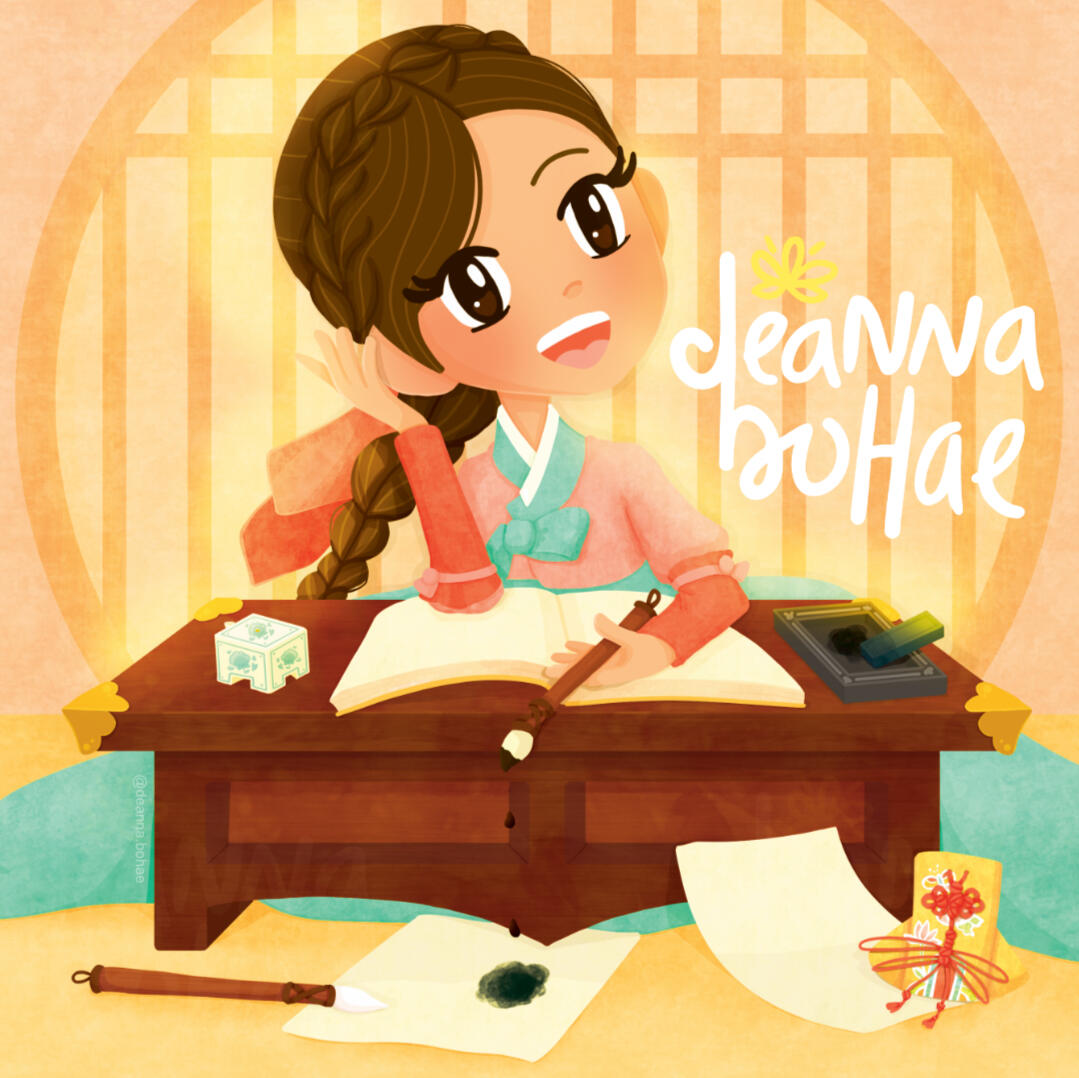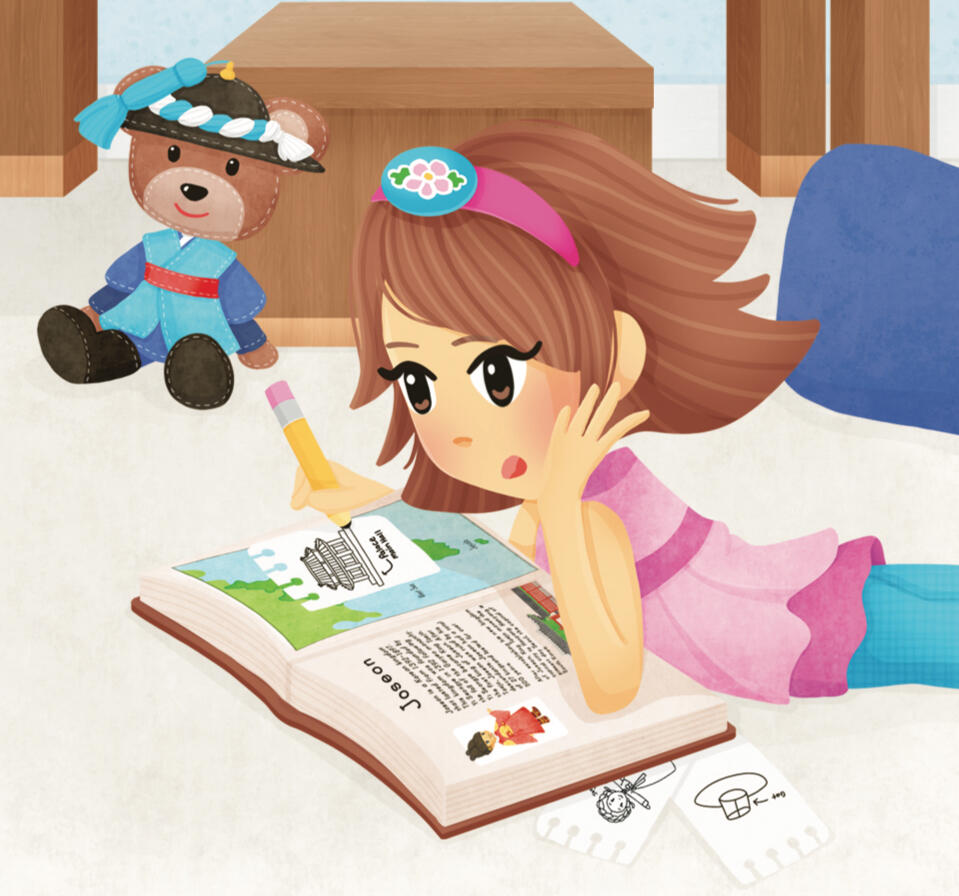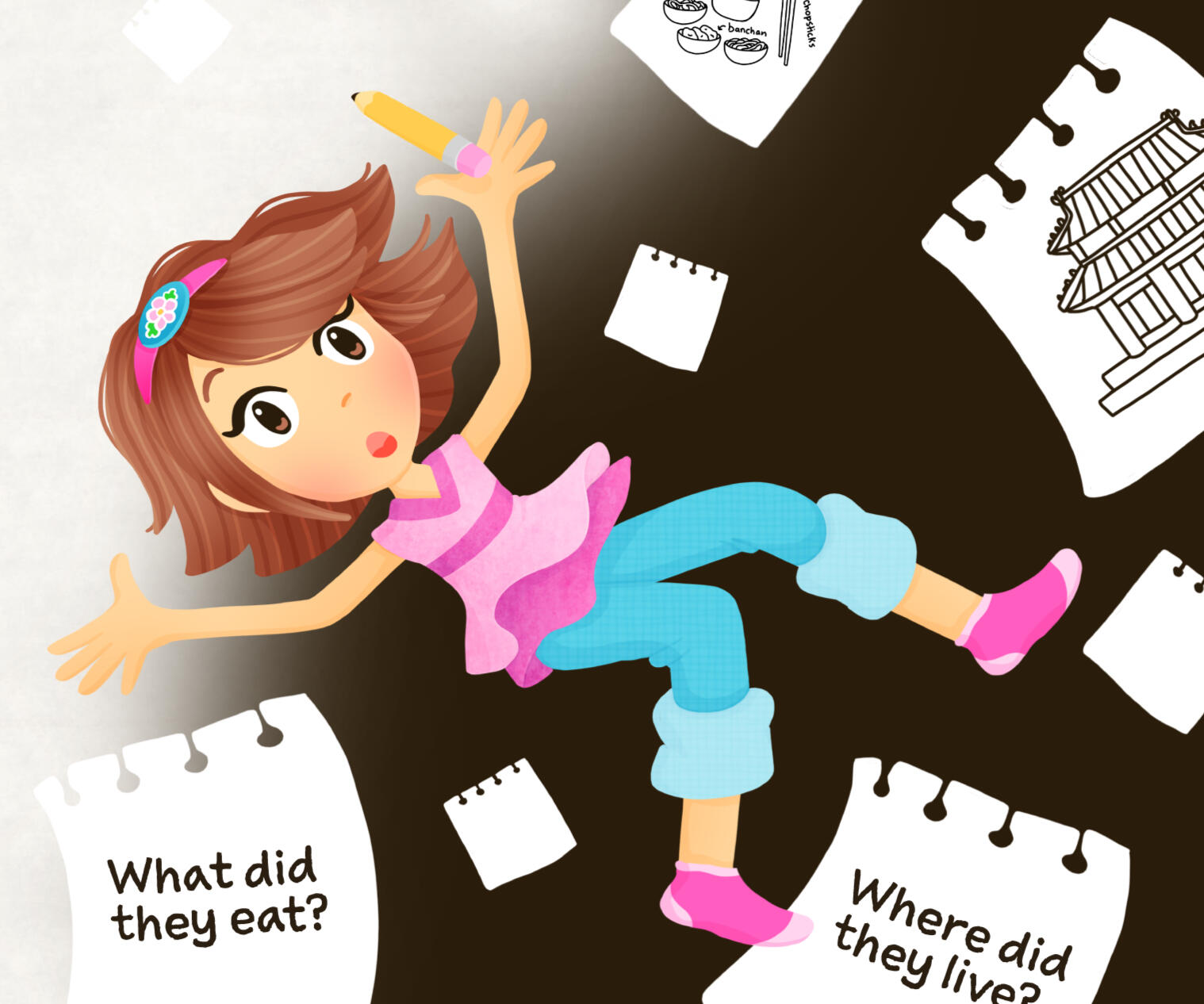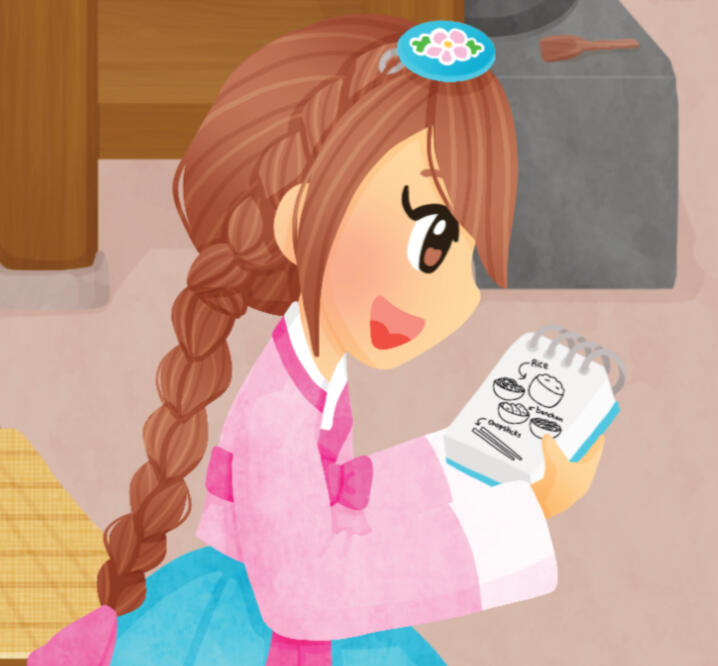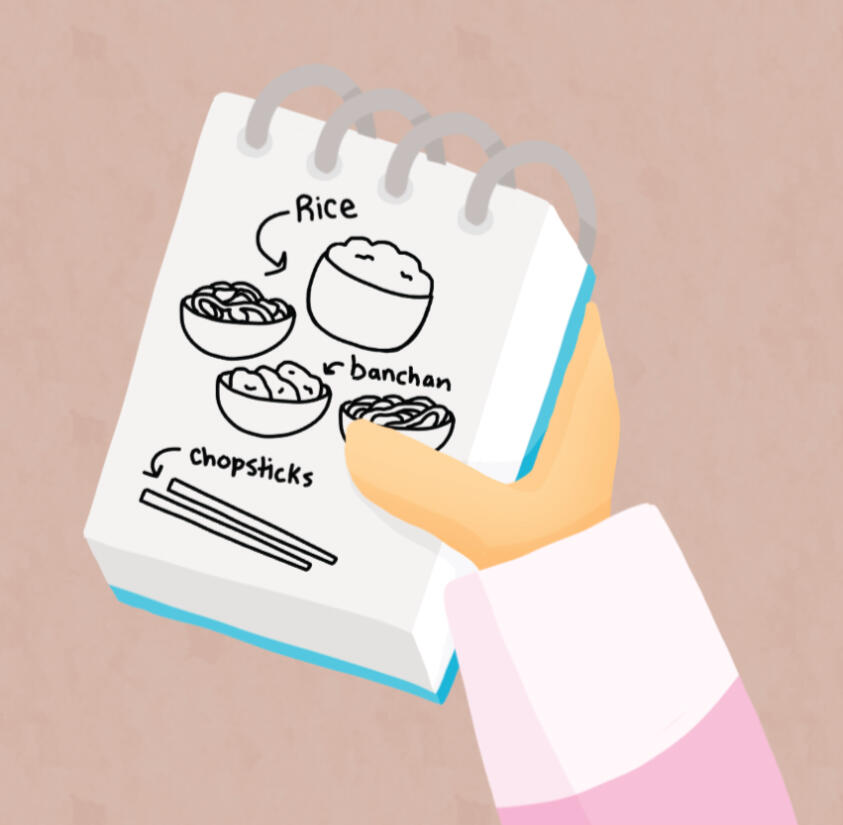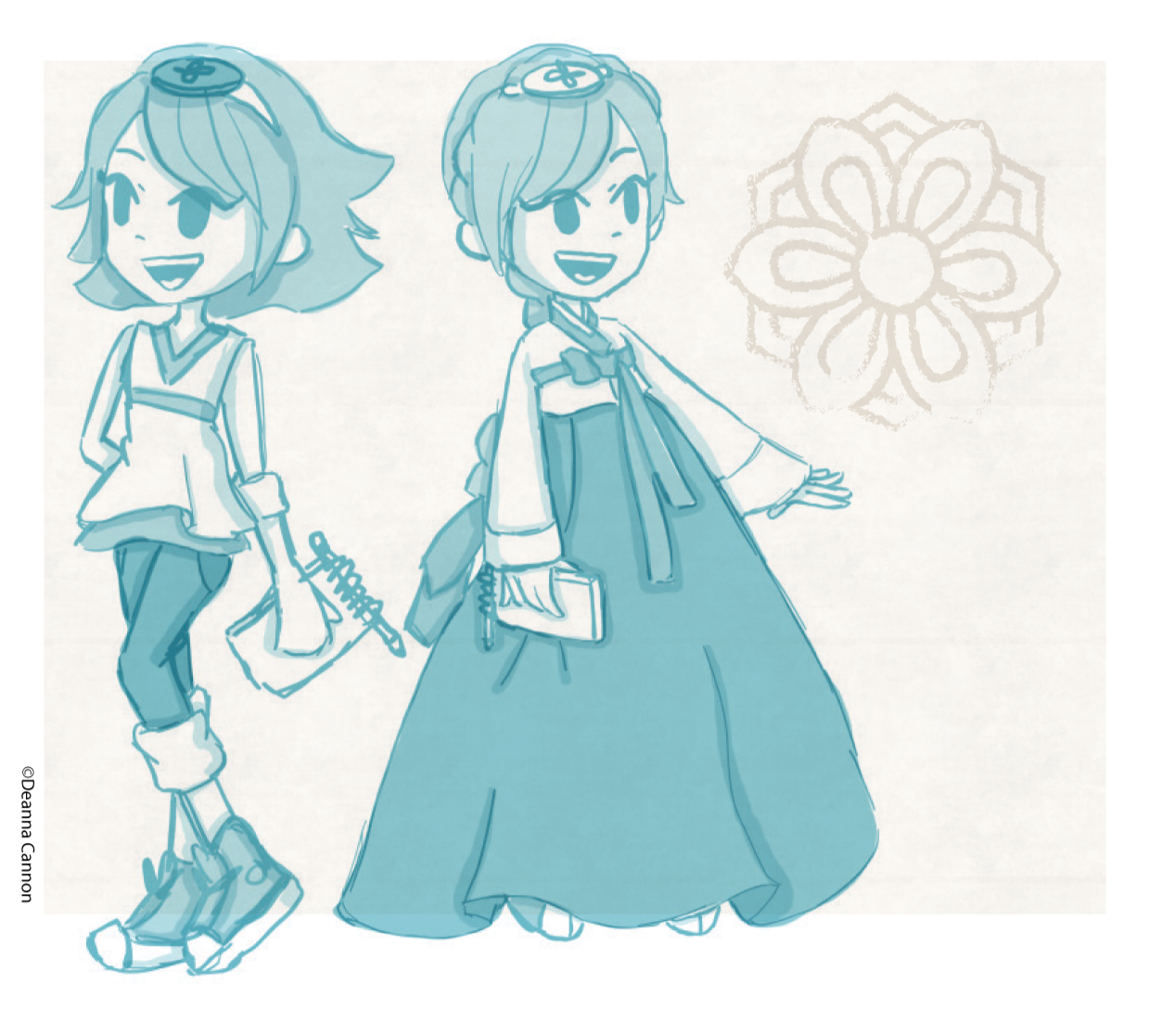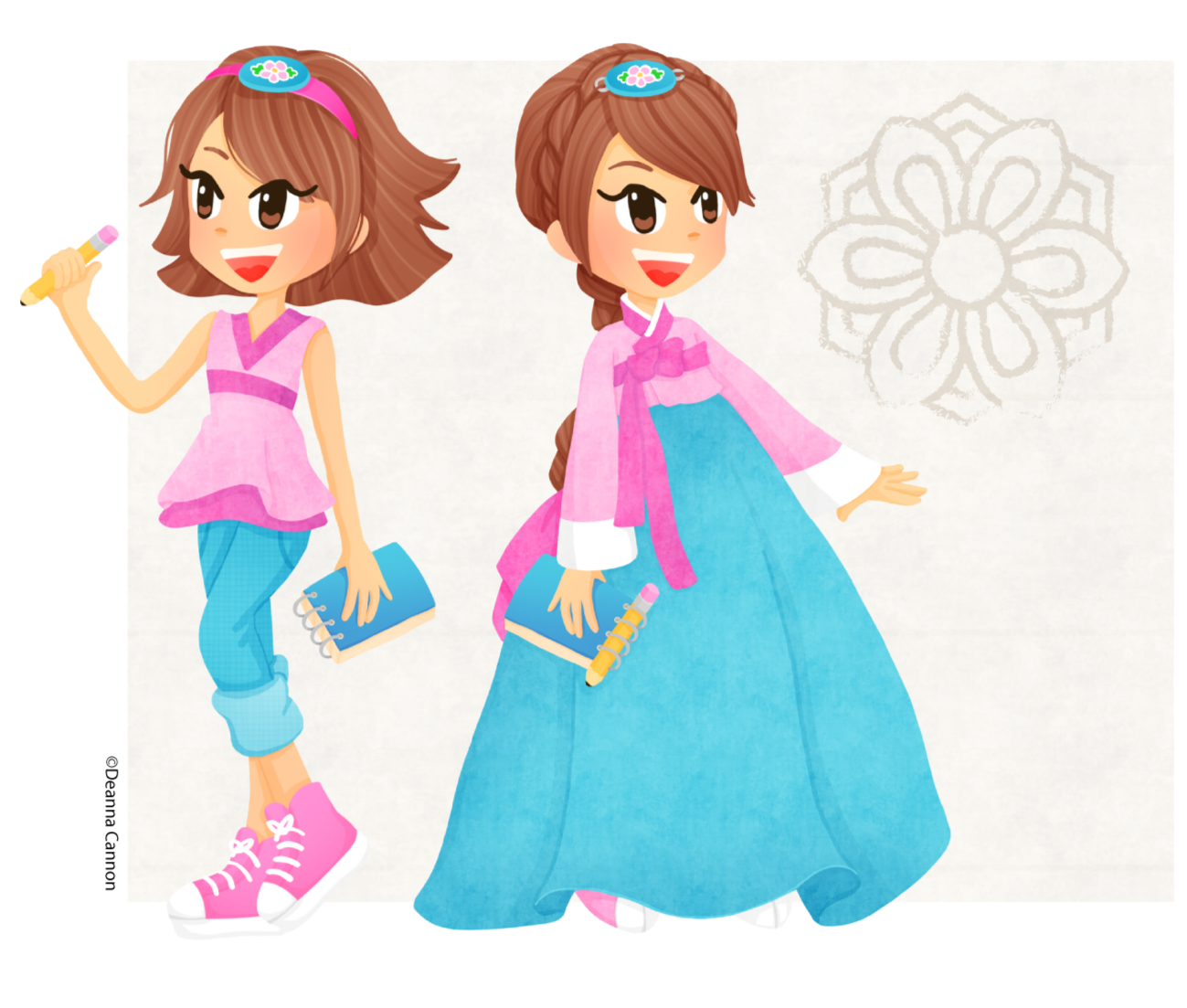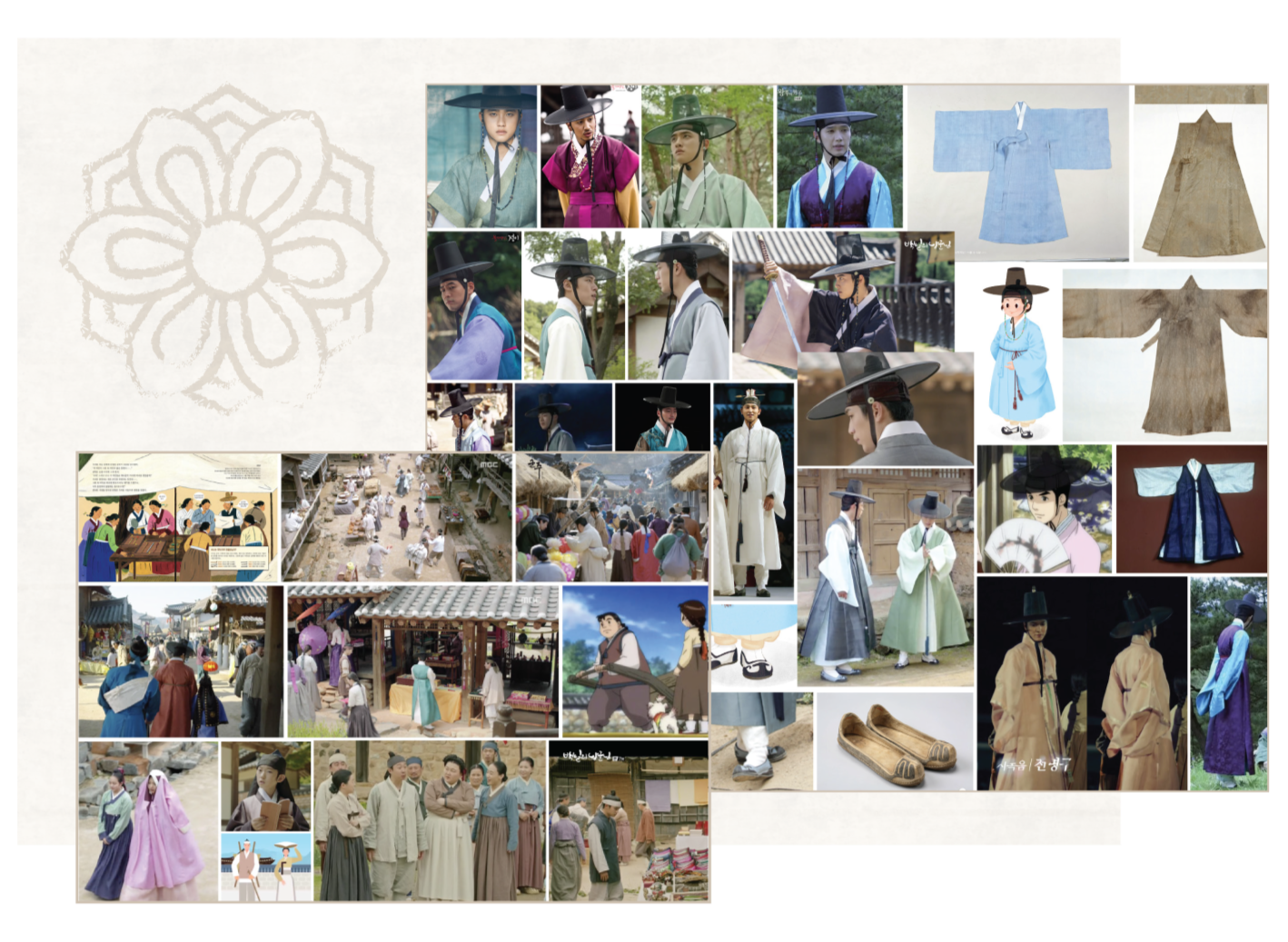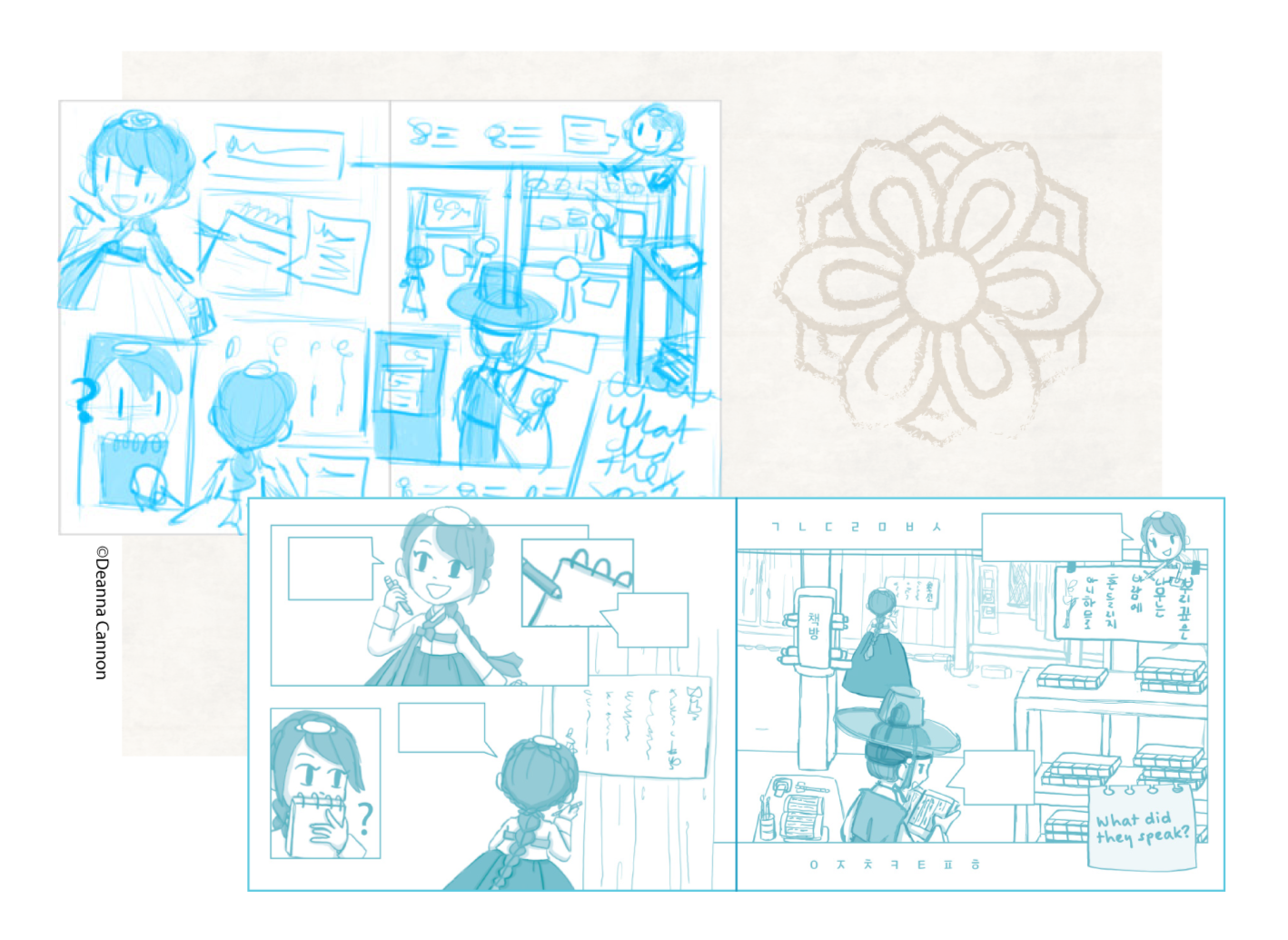a MFA project by Deanna Cannon | Submitted to Liberty University
Thesis Problem
Korea’s traditional culture is often misunderstood and misrepresented in America. With the increasing attention towards Korean entertainment, it may seem surprising that misconceptions about Korea still exist in America and that Korea’s traditional culture is still confused with Chinese and Japanese cultures. Because these misconceptions and confusion persist, there is need for Korea’s traditional heritage to be distinctly and authentically presented to American audiences.
Two factors that have contributed to the confusion regarding Korea’s traditional culture are education and media representation. American schools have limited coverage of Korean history and culture beyond the Korean War and the Modern Age, and generic Asian representations of Korean culture continue to fuel and reinforce the remains of imperial Japanese propaganda from the occupation period.This thesis reviewed the problem of misunderstanding and misrepresentation of Korea’s material and non-material culture in America and attempted to provide a visual solution that authentically presents the visual distinctness of Korea’s material and non-material culture.
Thesis Research
Literature Review
The literature review provided background on the historical misidentification of Korean culture by American audiences and on Korea’s history and cultural aesthetics. Visual research explored a method of observing and comparing cultural artifacts with media presentations that could be beneficial for design research.
Three main ideas that emerged from the literature review helped to guide the direction of the proposed visual solution and the target audience:
American schools have provided limited teaching on Korean history
Being aware of traditional Korean culture is important for understanding the seriousness of the Japanese Occupation
Generic stereotypes of Asian culture can be combatted with research and cultural immersion
The first two ideas lead to seeing the problem from an educational standpoint. The problem of not being able to identify Korea’s traditional culture seems to stem from the classroom. A cursory study of Korean history leads to students associating Korea mostly with the Korean War and North Korea. The images of a war-torn Korea allows the remains of Imperial Japanese propaganda to continue to echo in the misrepresentations of traditional Korean culture. Because the problem could be considered as sprouting in part from the classroom, visual solution was directed toward a school audience, specifically American elementary students.The third idea demonstrates that cultural authenticity in the presentation of culture is crucial. Having more representation of traditional Korean culture would not be beneficial if the representations are not accurate. Thus, as Sung and E. Lee’s research demonstrates, effective representations will strive toward authenticity. Their research proposes that research balanced with cultural immersion can help the artist present a more authentic representation that does not emphasize generalizations or stereotypes.
Visual Research
The visual research included observations of both historical artifacts and the presentation of the cultural elements in Korean visual media. This research was conducted by compiling a list of sources for both artifacts and media presentations. As visual was reviewed, images were added to a Pinterest image board. These image boards provided a collection of artifacts and presentations to refer to during the design process.Observing the historical artifacts was important for retaining historical accuracy in the illustrations. The images of historical artifacts allowed for a close-up look at details and the accompanying explanations often provided good background information about the materials, historical period, and significance of the artifact.
The visual media studied include Korean film, drama, animation, illustration, and historical reenactments. These media allowed the artist to see the artifacts in the context of Korean culture. Through these observations, the artist discovered how the cultural elements were worn, built, and used during the Joseon era. The visual media also provided insight into how the cultural artifacts could be illustrated while still preserving an authentic look.Visualizing a culture is a daunting task, and authentically visualizing it can be almost impossible. However, as Sung and E. Lee explained in their research, combining research with cultural immersion can help artists create work that is more authentic and accurate. Misrepresentations can be avoided when proper research is applied.
Thesis Visual Process
Planning and Brainstorming
To begin the design process, a design brief and competitive research were completed. Ideas for the book’s content were then developed through a simple brainstorm. The brainstorm explored how key information about Korea’s traditional culture could be best presented to the target audience in both an interesting and age-appropriate manner. Because the target audience was elementary school children, a fictional storyline seemed an appropriate approach for making the information interesting and easy to understand.The final story idea was a short narrative about a young girl named Bitna who is transported to Joseon while studying Korean history. The reader then follows Bitna as she explores Joseon to find information for her essay on Joseon culture. Each spread in the book covers a set of traditional Korean elements based on the categories established during the initial research of Korean culture.
Character Design
Bitna’s character concept was an elementary student with a fun and cheerful personality. Because the story involved Bitna traveling from a modern setting to a historical era, she needed a design that could transition smoothly between the two time periods. Thus, inspiration for her design was pulled from both a modern elementary student and a girl from the Joseon period.

Bitna Character Design Rough

Bitna Character Design Full Color
Moodboards
For the book illustrations, moodboards were used to compile inspiration and reference images from the visual research. The images included images of historical artifacts, drama and animation screencaps, historical reenactment photos, as well as illustrations. General moodboards were created for each spread, and these moodboards alongside the rough story draft helped to guide the overall direction for the initial thumbnail sketches. Element moodboards were created for the cultural elements in a scene. These moodboards helped inform the decisions made as each element was illustrated.
Thumbs and Roughs
Thumbnail sketches were drawn first to explore the page layout and illustration composition. A key considerations was finding a format that would work well with an elementary audience. The end format blended a graphic novel with a search-and-find book. The storyline progresses through the graphic novel-style panels as Bitna thinks and explores while the elements of Korean traditional culture are displayed in the large scene illustrations. The reader can observe the overall scene and identify the highlighted elements that are in that scene.The thumbnail sketches were expanded into illustration roughs. During this stage, much of the layout was reworked to fit the final 8×10 page size and to fix the overcrowding of elements on each page. The basic process for creating the roughs was to look over the thumbnail sketch and the element moodboards before drawing the scene in greater detail. Whenever any questions about part of an element arose while being drawn, the reference images were referred to for help. These images were carefully studied and then compared to the sketch to help ensure accuracy.

Moodboards

Thumbnail Sketches and Roughs
Final Artwork
The final step in preparing the illustrations was to refine the roughs into full-color artwork. As with the process of creating the roughs, the artist referred to the moodboards to double-check the drawings. The background illustrations were painted first in Photoshop to ensure that sufficient attention was given to the design of the buildings. The goal was to capture the historical architecture as accurately as the drawing style allowed. The people and objects that were needed in each scene were then separately painted in Affinity Designer. Once all the various illustrations were finished, they were all composited together in Illustrator for the final book illlustrations. The completed illustrations were then imported into InDesign for the final layout.
Book and E-Book
Two layouts were created one for the print book and one for the e-book. The e-book included two interactive features: a linked glossary and animated touch points. The Bitna’s note section in the e-book is hidden until the reader taps on little Bitna to reveal the note. To add a little fun to the action, little Bitna also changes her pose when tapped giving the illusion of animation. The final step for the print book and the e-book was to export them to the appropriate files.
Final Thesis Project
The final visual solution for this project was an educational children’s book and e-book about the Joseon period in Korean history titled Adventure in Joseon. The book’s content was based on both the literature review and visual research conducted for this project.The book’s illustrations visually communicate the distinctive aesthetic of Korean culture while also providing an opportunity for the reader to learn about and identify specific elements of Korean culture within their native environment. By looking closely at the illustrations to discover the ‘hidden’ objects, the reader is exposed to traditional Korean culture through an interactive and memorable experience.The placing of the cultural objects within an illustrated scene is intended to prevent the objects from being viewed in isolation and instead show Korea’s traditional culture in a more authentic context.By seeking to observe and understand cultural elements in context, the artist strove toward an authentic representation of Korean traditional culture in this project. The final visual solution was an illustrated children’s book that could be used to introduce American children to Korea’s history and traditional culture. The research into the problem of cultural misrepresentation demonstrates the need for visual media that authentically presents Korea’s traditional culture and this projects is just one attempt to fill that need. The artist hopes that through this research and the final visual solution more people will experience and recognize the culture that is Uniquely Korea.View Full Thesis through at Liberty University’s Digital CommonsCITED SOURCES:Lee, En Hye. A Critical Analysis of Written and Pictorial Representations in Picturebooks about
Koreans in the United States, The University of Arizona, Ann Arbor, 2020. ProQuest, ezproxy.liberty.edu/login?qurl=https%3A%2F%2Fwww.proquest.com%2Fdocview%2F2423805354%3Faccountid
%3D12085. Accessed 19 Sep. 2020.Sung, Yoo K. A Post -Colonial Critique of the (Mis)Representation of Korean-Americans in Children’s Picture Books, The University of Arizona, Ann Arbor, 2009. ProQuest, ezproxy.liberty.edu/login?qurl=https%3A%2F%2Fwww.proquest.com%2Fdocview%2F304825847%3Faccountid%3D12085.Accessed 19 Sep. 2020.
Hello! I’m deannabohae, and I love to draw and design pretty things!Deanna studied visual communication at Liberty University earning an MFA with high distinction in graphic design. As part of her degree program, Deanna completed a thesis project on visualizing traditional Korean culture with authenticity in children’s illustration. Besides working with design, Deanna also loves creating illustrations of cute characters and simple animations. She is interested in children’s illustration and cover designs for chapter books and middle grade books.
